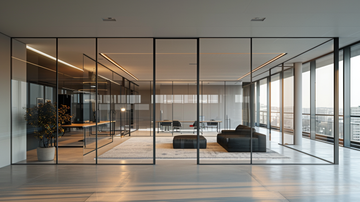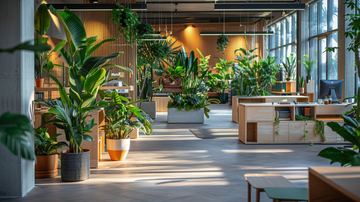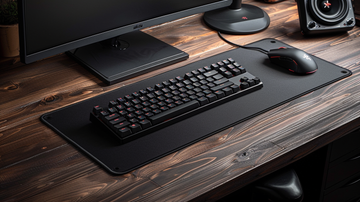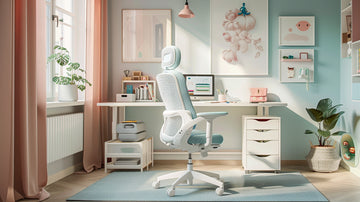The Rise of Glass in Modern Office Design
In recent years, there has been a noticeable shift towards incorporating glass walls and partitions in modern office designs. This trend is driven by a desire for increased transparency, collaboration, and natural light within the workspace.
The use of glass in office design offers numerous benefits that align with the evolving needs of today's workforce. By breaking down traditional barriers, glass walls and partitions foster a more inclusive and collaborative environment, encouraging interaction and knowledge-sharing among employees. This open layout promotes a sense of unity and teamwork, enhancing productivity and fostering a positive work culture.
Transparency and Collaboration
One of the primary advantages of incorporating glass walls and partitions in modern office design is the promotion of transparency and collaboration. These transparent barriers foster an open environment that encourages communication and teamwork.
Research has shown that teams working in open, glass-enclosed spaces tend to have improved dynamics and higher levels of productivity. The ability to see and interact with colleagues fosters a collaborative atmosphere, facilitating the free flow of ideas and spontaneous brainstorming sessions. This transparency also promotes accountability, as employees can observe each other's work habits, encouraging a positive and productive work culture.
Natural Light and Energy Efficiency
One of the primary advantages of incorporating glass walls and partitions into modern office design is the ability to maximize natural light. Large expanses of glass allow sunlight to penetrate deep into the interior spaces, reducing the need for artificial lighting during daytime hours. This natural illumination not only creates a more pleasant and inviting ambiance but also contributes to significant energy savings.
By optimizing the building's thermal performance, glass partitions and walls can play a crucial role in reducing energy consumption for heating and cooling, ultimately contributing to a more sustainable and Eco-friendly office environment.
Design Considerations
When incorporating glass walls and partitions into an office design, several key factors must be carefully evaluated. Acoustics play a crucial role, as glass can amplify sounds and compromise privacy. Acoustic considerations involve selecting the appropriate glass thickness, implementing sound-absorbing materials, or incorporating double-glazed panels to mitigate noise transfer.
Another essential consideration is striking the right balance between connection and privacy. Glass partitions promote transparency and collaboration, but employees may require designated areas for focused work or confidential discussions. Strategically placing frosted or tinted glass sections can provide visual privacy while maintaining an open, airy atmosphere.
Safety is also a paramount concern when working with glass. Tempered or laminated glass should be used to minimize the risk of shattering and potential injuries. Additionally, proper installation and adherence to building codes are crucial to ensure the structural integrity and longevity of the glass partitions.
Innovative Applications
Glass walls and partitions are being used in increasingly creative ways in modern office design. At the cutting edge, architects and designers are exploring curved glass walls that create dynamic, flowing spaces. Structural glazing systems allow for entire glass walls and partitions without visible framing, fostering a sleek, minimalist aesthetic. Some offices feature glass meeting rooms suspended from the ceiling, offering a unique visual experience.
Switchable glass technology is an innovative solution that allows glass partitions to transition between transparent and opaque states with the flip of a switch or via smartphone app. This allows private spaces to be created on-demand while maintaining an open, collaborative environment. Smart glass solutions can also adjust tint levels to control light and heat transmission based on environmental conditions (Source).








